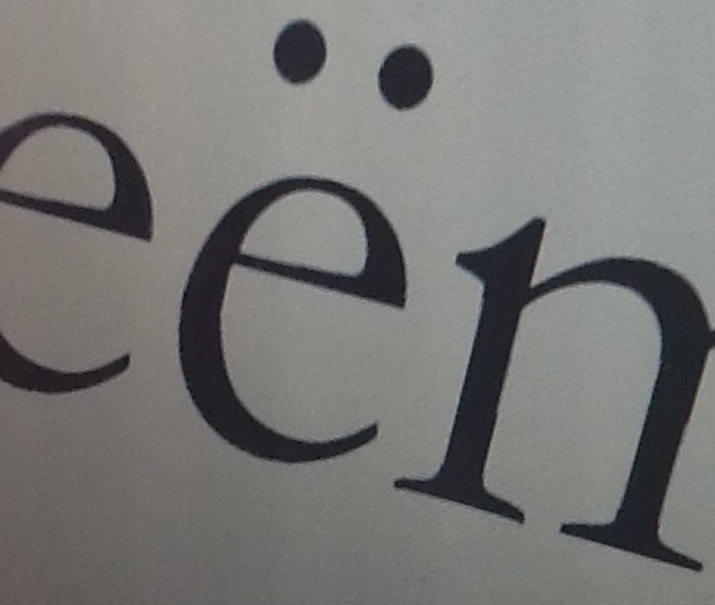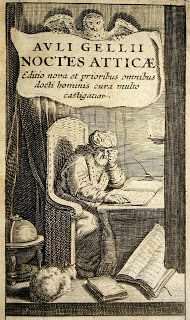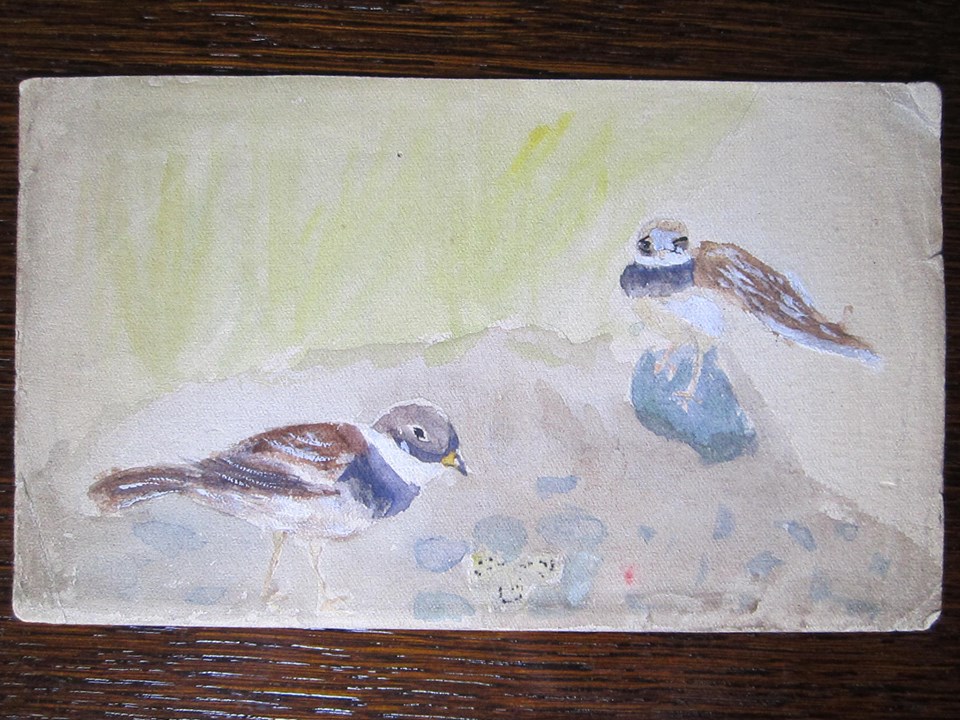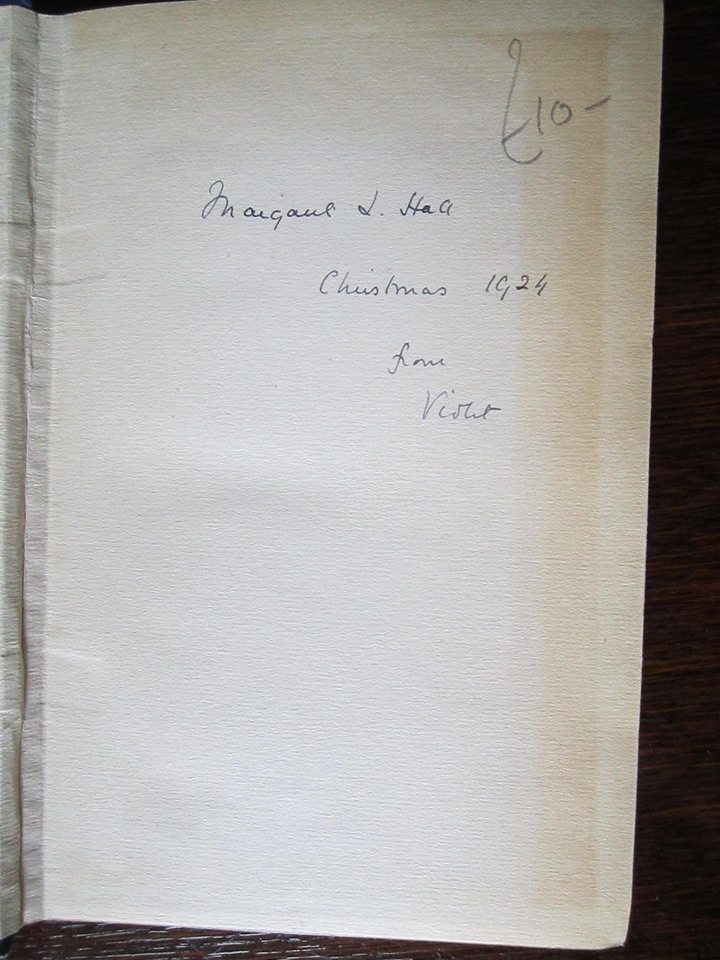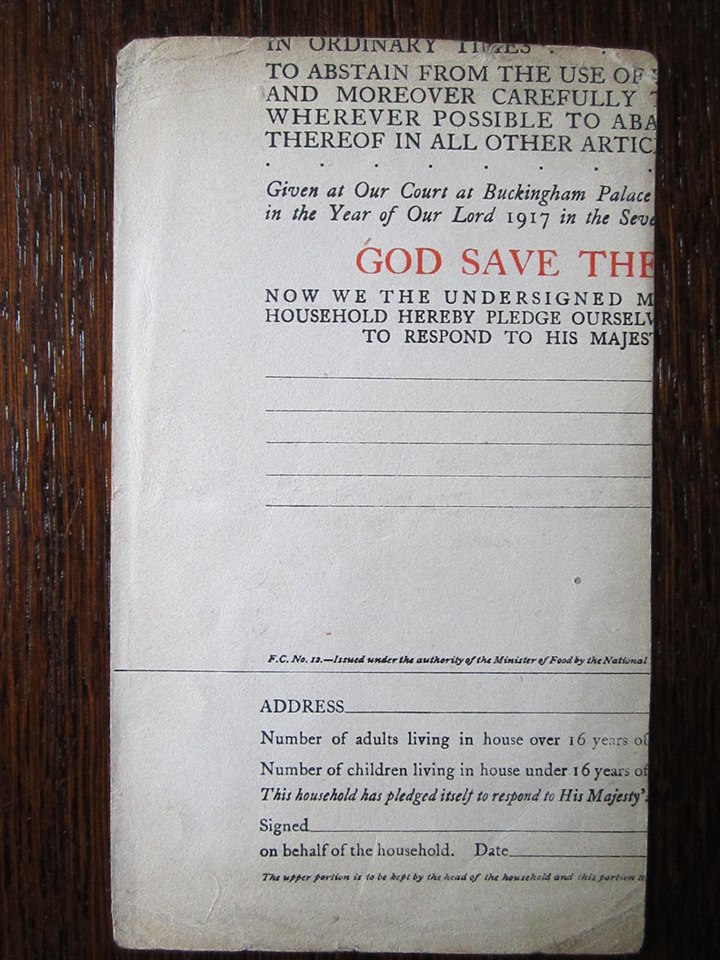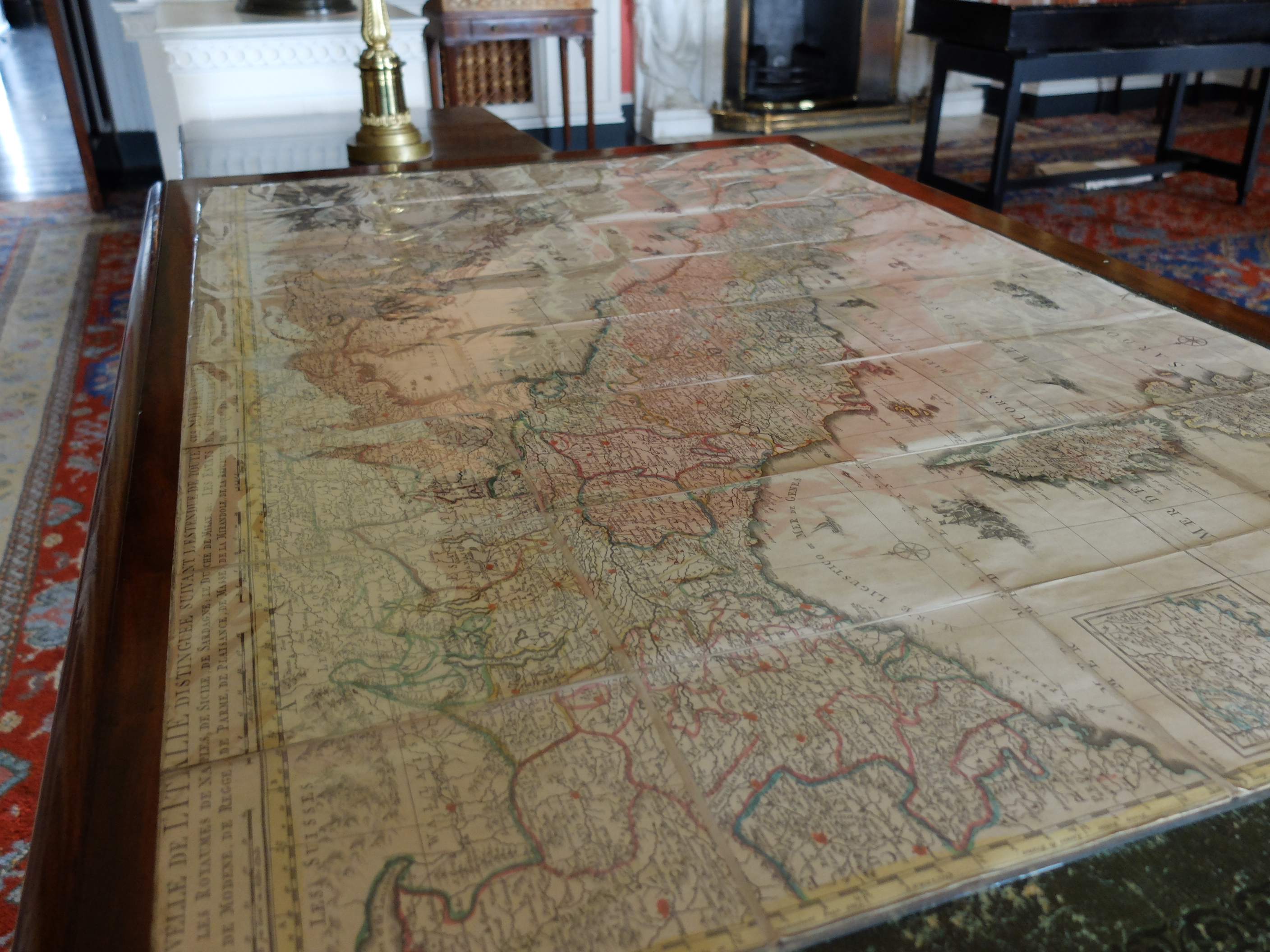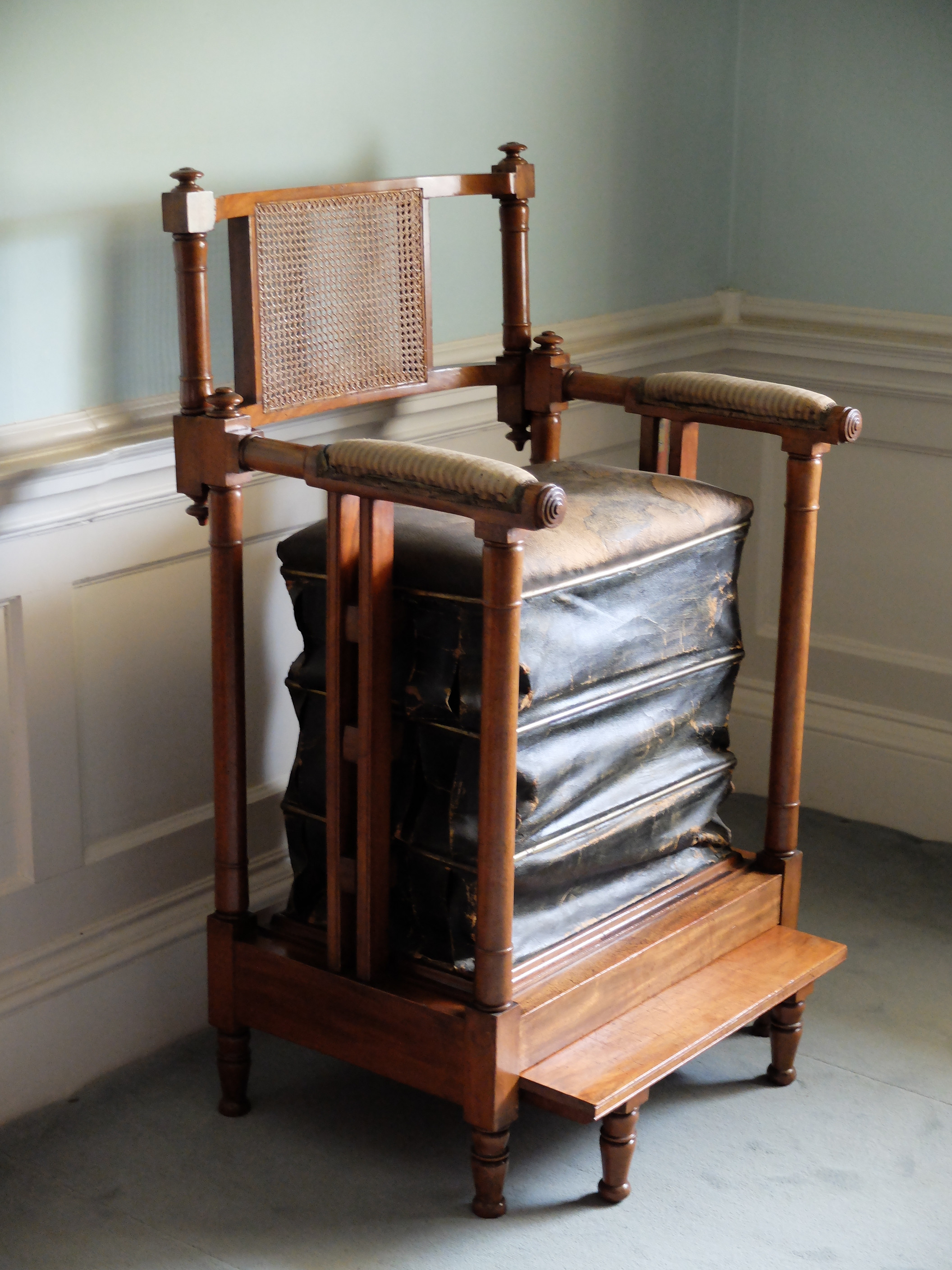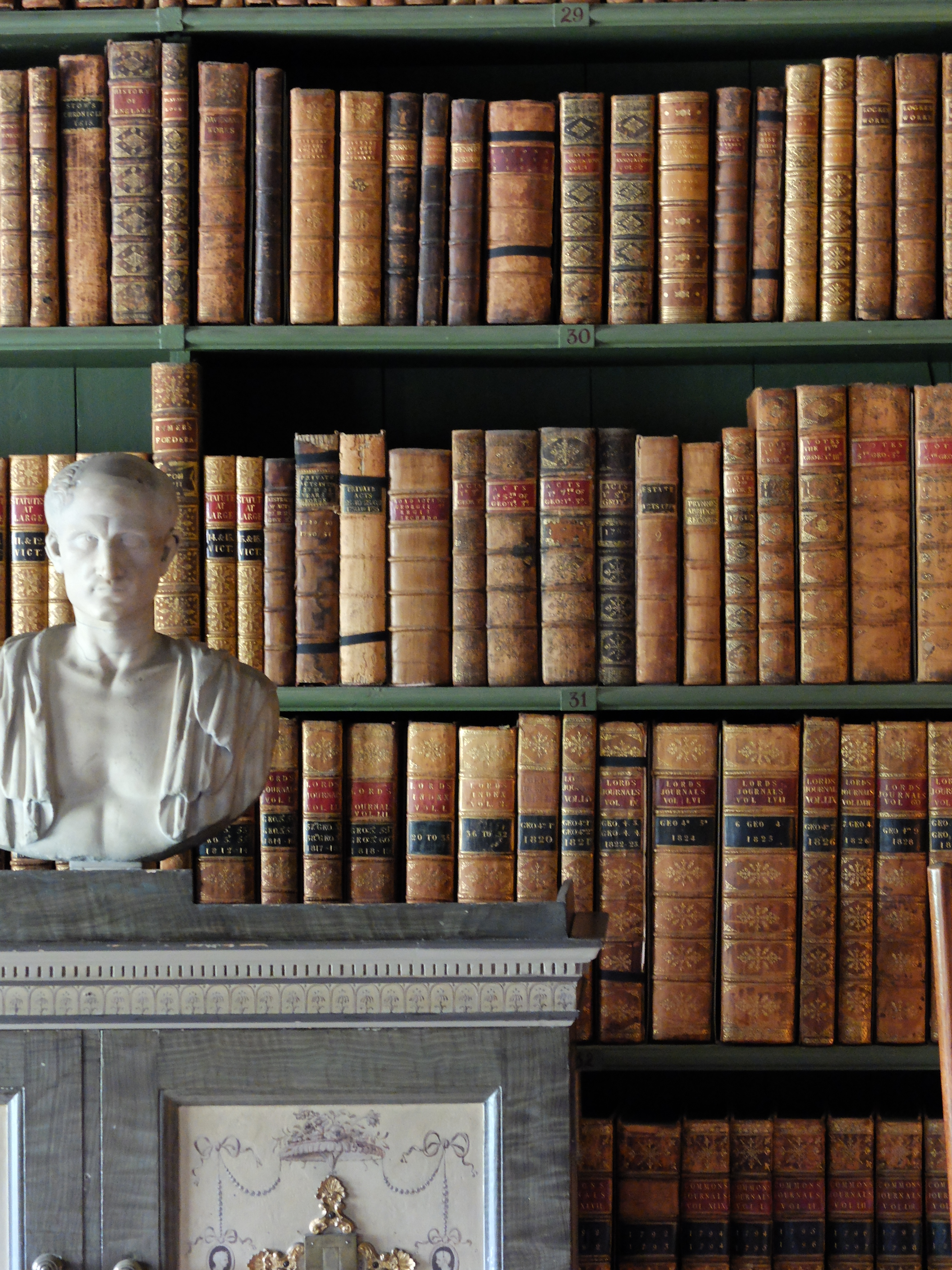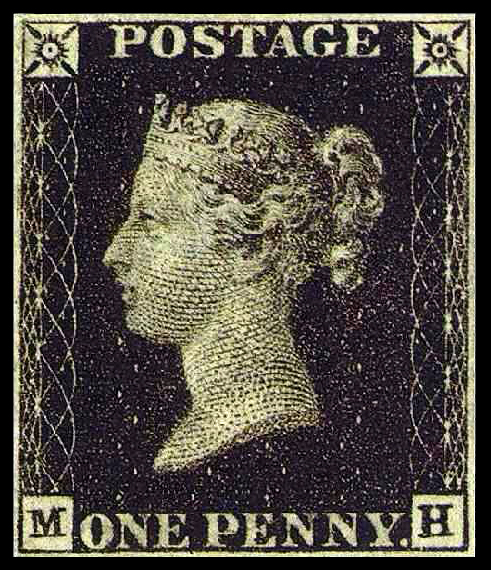The St Andrews Book Conference for 2014
Questions of survival and loss bedevil the study of early printed books. Many early publications are not particularly rare, but others are very scarce, and many have disappeared altogether. We can infer this from the improbably large number of books that survive in only one copy, and it is confirmed by the many references in contemporary documents to books that cannot now be identified in surviving book collections.
This conference will address the issue of how far this corpus of lost books can be reconstructed from contemporary documentation, and how this emerging perception of the actual production of the early book trade – rather than those books that are known from modern library collections – should impact on our understanding of the industry and contemporary reading practice.
Papers are invited on any aspects of this subject: particular texts, classes of texts or authors particularly impacted by poor rates of survival; lost books revealed in contemporary lists or inventories; the collections of now dispersed libraries; deliberate and accidental destruction. Attention will also be given to ground-breaking recent attempts to estimate statistically the whole corpus of production in the first centuries of print by calculating rates of survival.
The conference will take place in St Andrews on the three days 19-21 June 2014. The papers given at this conference will form the basis of a volume in the Library of the Written Word.
The call for papers is now open and also available online on the USTC website at the page: http://www.ustc.ac.uk/?p=1119. Those interested in giving a paper should contact Dr Flavia Bruni (fb323@st-andrews.ac.uk) at St Andrews, offering a brief description of their likely contribution. The call for papers will close on 30 November 2013.
